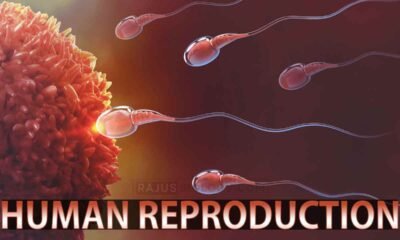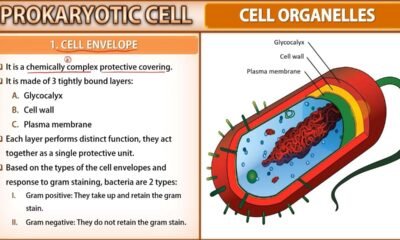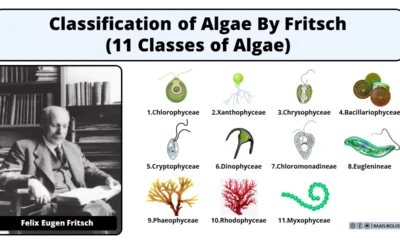Blog
Reproduction in Nostoc | Free Biology Notes

In this article we will discuss about reproduction in nostoc.
Reproduction in Nostoc
Nostoc is reproduced only by asexual methods. The sexual reproduction is completely absent. asexual reproduction can occur through five main methods: Fragmentation, Akinetes, Endospores, Hormogonia and Heterocysts.

1. Fragmentation
- Nostoc can break apart into smaller pieces called fragments.
- These fragments can then grow into new individuals under favorable conditions, essentially creating clones of the parent organism.
2. Akinetes
- Akinetes are specialized cells produced by Nostoc under unfavorable environmental conditions.
- These cells are thick-walled and can survive harsh conditions such as drought or extreme temperatures.
- When conditions retrun to favorable, akinetes can germinate and give rise to new individuals.
3. Endospores
- Nostoc can produce endospores, which are dormant structures that contain all the genetic material needed to develop into new individuals.
- These endospores can withstand adverse conditions and later germinate when the environment becomes more favorable.
4. Hormogonia
- Nostoc can also produce hormogonia, which are specialized filaments that break off from the parent organism.
- These hormogonia can move independently and colonize new areas where they can develop into new Nostoc individuals.
5. Heterocysts
- Heterocysts are specialized cells within Nostoc that play a role in nitrogen fixation.
- Although not directly related to reproduction, they are important for the survival and growth of Nostoc colonies by providing nitrogen to the surrounding cells.

 Blog6 months ago
Blog6 months ago[PPT] Human Reproduction Class 12 Notes

 Blog6 months ago
Blog6 months agoCell The Unit of Life Complete Notes | Class 11 & NEET Free Notes
- Blog6 months ago
Contribution of Indian Phycologists (4 Famous Algologist)
- Blog6 months ago
PG TRB Botany Study Material PDF Free Download

 Blog6 months ago
Blog6 months ago[PPT] The living world Class 11 Notes

 Blog6 months ago
Blog6 months agoJulus General Characteristics | Free Biology Notes

 Blog6 months ago
Blog6 months agoClassification of Algae By Fritsch (11 Classes of Algae)

 Entertainment6 months ago
Entertainment6 months agoIbomma Bappam: Redefines Telugu Streaming Trend














